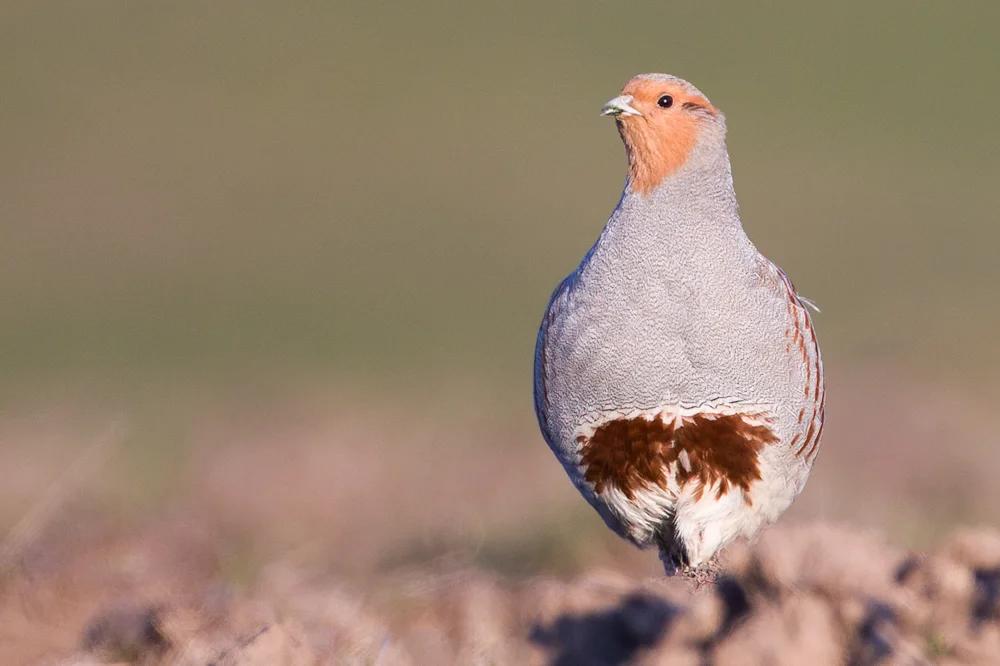In recent decades, many of Germany's animal populations in agricultural landscapes have experienced sharp declines, both in terms of the diversity of species and the number of individuals.
Fallow land is considered an effective measure to slow this decline. Researchers from the Thünen Institute, the University of Göttingen and the Dachverband Deutscher Avifaunisten (DDA) have investigated the correlation between the proportion of fallow land and the number and abundance of farmland birds over a nine-year study period. The research shows that areas of fallow land can contribute to an increase in the populations of these birds and that the benefits of fallow land depend significantly on the complexity of the surrounding landscape. Their findings were published in the Journal of Applied Ecology.
To find out where areas of fallow land could be most effectively established, the researchers studied fallow land in agricultural landscapes of varying complexity. Complexity was measured by the density of boundary lines between fields, as well as between fields and adjacent woody structures such as hedges or forest edges. Data from the nationwide monitoring of common breeding birds as well as from agricultural statistics were used for the evaluation.

Increasing the proportion of fallow land would lead to a recovery in farmland bird populations, according to the research (Gary Woodburn).
The results clearly show that establishing areas of fallow land is particularly effective in agricultural landscapes that have a medium level of complexity. The average density of boundary lines in Germany is around 65 m per ha of agricultural land. The authors therefore recommend promoting fallow land primarily in these regions with medium structural complexity.
"Our research enabled us to identify regions where fallow land should preferably be established in order to have the greatest effect," explained Dr Sebastian Klimek of Thünen Institute of Biodiversity in Braunschweig, who co-ordinated the study.
"In order to stop declining populations of farmland birds nationwide, it is necessary to maintain a minimum proportion of fallow land in the agricultural landscape," added Professor Johannes Kamp, University of Göttingen and member of the DDA's advisory board.
The EU's Common Agricultural Policy (CAP) has a strong influence on the total area of fallow land in Germany. Due to changes to the CAP, the amount of fallow land has decreased significantly since the early 2000s. The loss of fallow land, especially after the loss of 'set-aside' areas in 2007, led to a lack of suitable breeding sites and food for many bird species. Although the 'greening' of the last CAP funding period has slightly increased the total area of fallow land in Germany from 2015 onwards, the pre-2007 level has not been reached again. In the new CAP funding period starting in 2023, farms are obliged to set aside 4% of their arable land. This could contribute to an improvement in the population of many farmland birds. In order to restore the pre-2007 level of the farmland bird population, a further increase is required in measures proven to be effective at enhancing biodiversity in the agricultural landscape.
Reference
Hertzog, L R, Klimek, S, Röder, N, Frank, C, Böhner, H G S, & Kamp, J. 2023. Associations between farmland birds and fallow area at large scales: consistently positive over three periods of the EU Common Agricultural Policy but moderated by landscape complexity. Journal of Applied Ecology. DOI: 10.1111/1365-2664.14400

